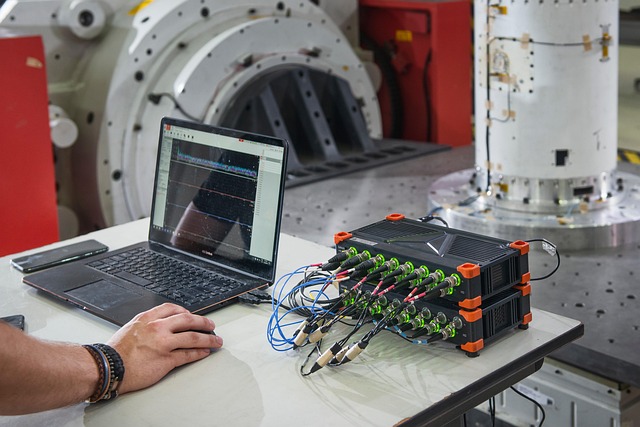
Spring Inspection Guide for Maintenance Enthusiasts: Electric Car Edition
As the chill of winter fades and the vibrancy of spring begins to bloom, it’s the perfect time for all maintenance enthusiasts to gear up for their seasonal spring inspection. For electric car owners, this process isn’t just about keeping your vehicle running smoothly; it’s also about advancing your understanding of the incredible technology behind EVs.
Spring inspection for electric cars requires a unique approach compared to traditional vehicles. Start with the battery, the beating heart of your electric vehicle (EV). During your inspection, check for any corrosion at the terminals and ensure the battery is properly secured. It’s also a good idea to review the battery management system through your vehicle’s interface, looking for any warnings or alerts that might signal an early need for service.
Next up, take a closer look at the electric drive system. Unlike conventional powertrains, electric motors have fewer moving parts and can sometimes be overlooked. However, they require regular checks to ensure optimal performance. Inspect the connections and wires for any signs of wear or fraying—keeping everything tightened and secure ensures that your vehicle will perform at its peak during those sunny spring drives.
Don’t forget the brakes! While EVs often create less wear on brake components due to regenerative braking, it’s still essential to check the condition of your brake pads and rotors. Take a moment to inspect the brake fluid level and consider if a replacement is necessary—your safety comes first!
Tire maintenance is crucial during your spring inspection. Examine the tread depth and wear patterns. Electric cars, with their heavier battery packs, can experience different tire wear than their combustion-engine counterparts. Proper tire pressure is essential for maximizing range and performance, so ensure they’re adequately inflated.
Another significant component of your electric vehicle is its software. Many modern EVs rely heavily on updates, so don’t overlook this aspect during your spring inspection. Check if there are any software updates available that could improve performance or add new features.
Additionally, keep an eye on the cooling system for the battery and electric motor. Electric cars have dedicated cooling systems to maintain optimal operating temperatures. Inspect coolant levels and look for leaks or wear that might require service. These systems are crucial for the longevity of EV components.
Last but not least, stay informed with the latest car news. The world of electric vehicles is evolving rapidly, and staying updated with advancements can provide valuable insights into maintaining and enhancing your driving experience. Whether it’s new battery technology, innovative components, or software improvements, being in the loop can lead to better performance and longevity for your electric vehicle.
As you embark on your spring inspection, remember that maintenance is not just a preventive measure; it’s a commitment to preserving the efficient and eco-friendly benefits of your electric car. By taking the time to thoroughly inspect your vehicle, you contribute to a more sustainable future, all while enjoying the journey the spring season has to offer.



